CRIL History and Independent Living Philosophy
Community Resources for Independent Living (CRIL) was organized in 1979. CRIL’s main office is in Hayward with branch offices in Fremont and Livermore. There are 28 Independent Living Centers (ILCs) in California and over 400 in the US. In 1972, The first ILC was formed in Berkeley, California by Ed Roberts and other college students at UC Berkeley.
In 1962, Ed Roberts was the first student with severe disabilities to be admitted to UCB. By 1969, there were 12 students with severe disabilities. admitted. Known as the "Rolling Quads", they advocated for students with disabilities in housing and education. There was no accessible place to live on campus except the infirmary. If a required class was on the 3rd floor, they heard “that was too bad.”
Ed and others advocated for the rights of all persons with disabilities to interact on an equal basis, to make decisions about the course of their own lives. These advocates knew that rights would not solve the problem since people with disabilities had been socialized to believe they could not make their own decisions. These leaders and their efforts resulted in the following victories for the disabled community:
The Rehabilitation Act of 1973 first authorized funding for Independent Living Centers and programs. It was signed into law in 1973, but it wasn’t until 1977 that regulations were signed for Section 504 of the Rehabilitation Act of 1973. This was considered by many to be the beginning of great progress in the disability rights movement. It was the result of the longest sit-in at a Federal building in United States history.
The Americans with Disabilities Act was signed into law on July 26, 1990. It made more protections for people with disabilities in employment, public buildings and transportation. The ADA was long fought after many years of work by grass roots activists.
Independent Living Philosophy
Independent Living is a way of thinking about people with disabilities. It says that people with disabilities know best how to take care of themselves. They are able to make important decisions that affect their lives, have relationships with whom they choose and have access to all the benefits of society that non-disabled people do. Independent Living means that people with disabilities have the right to live as independently as they choose. People with disabilities are people first and entitled to the same respect that non-disabled people are. The Independent Living Movement uses people-first language, such as "people with disabilities" instead of "disabled people".
An independent living model evolved, seeking to bring people together, with support, advocacy, and skills teaching. Advocacy was and is important for building civil rights laws and educating the public about our needs. Teaching skills in both systems and self-advocacy is even more necessary now for persons with disabilities to work towards enforcement and equality in individual situations as well as systemic situations.
The independent living philosophy promotes consumer control (people with disabilities involved in decision-making, service delivery and management, of the ILC; self-help and self-advocacy; development of peer relations and peer role models; and equal access to services, programs, activities, resources, and facilities in the community.
CRIL’s Mission, Vision, and Values
Mission
CRIL advocates and provides resources for people with disabilities to improve lives and make communities fully accessible.
Vision
We envision a fully accepting and accessible society.
Values
Our Core Values are to:
Lead with integrity
Promote equality
Appreciate diversity
Support personal independence
Treat people with dignity and respect
Create peer connections
Partner with other organizations

